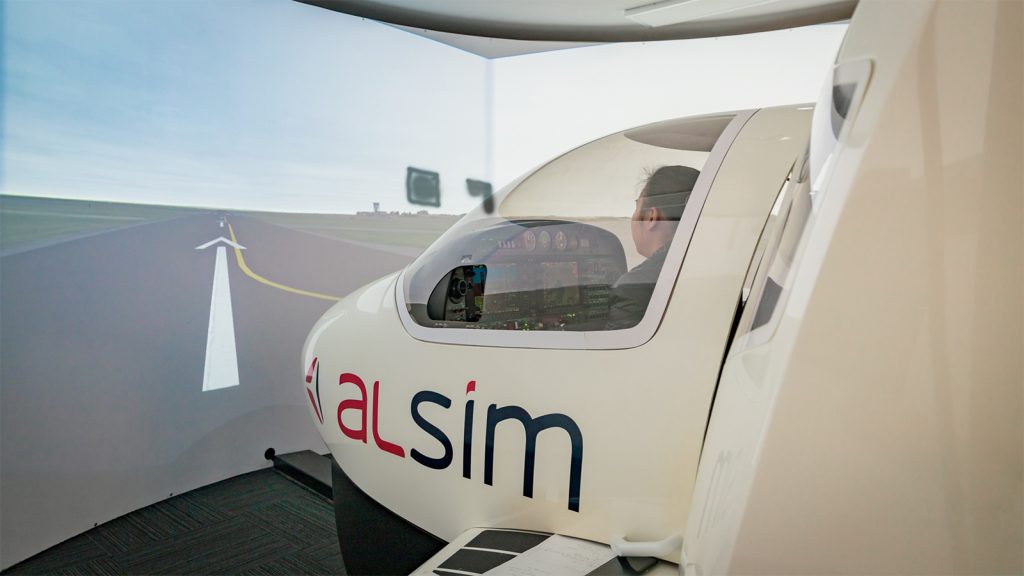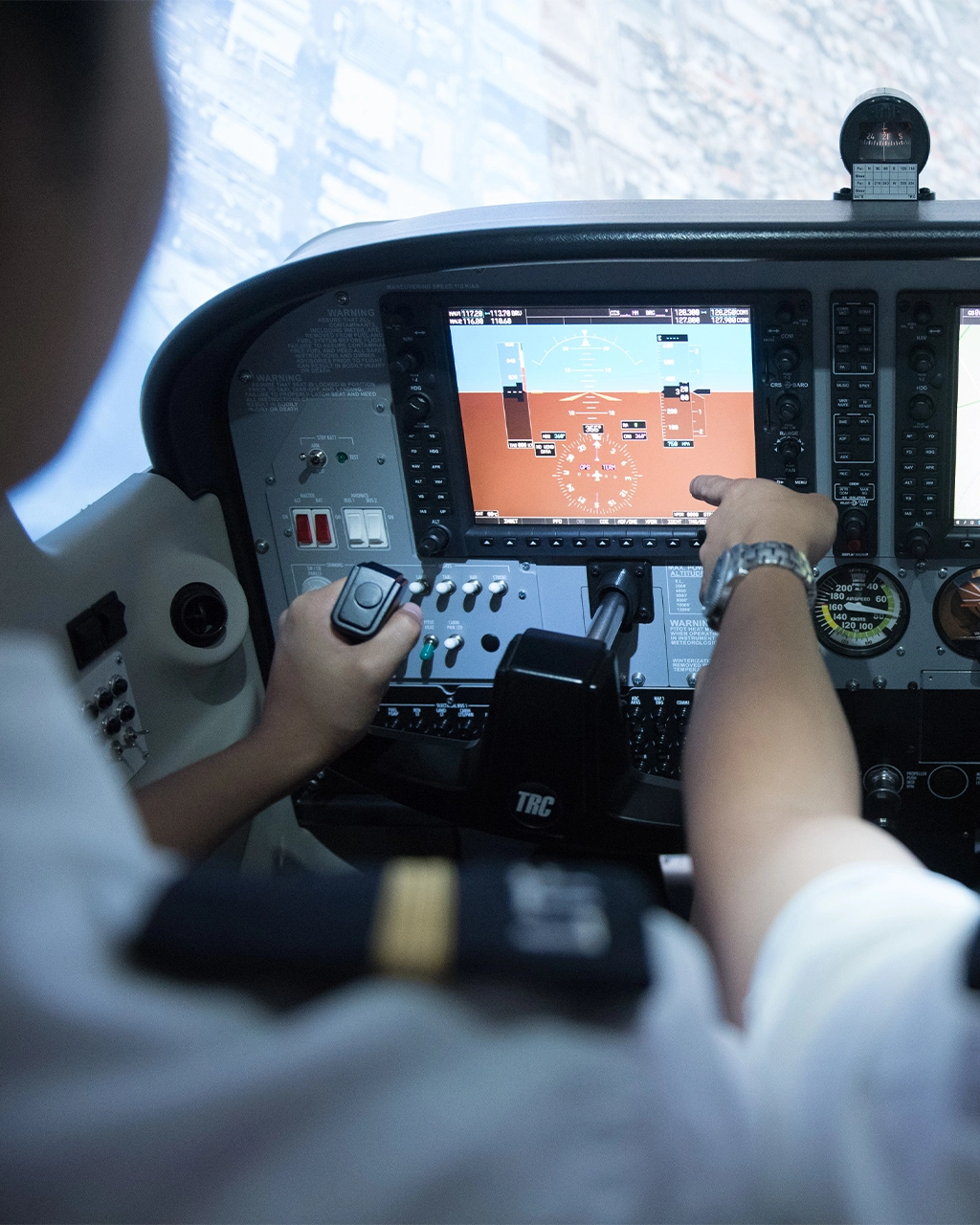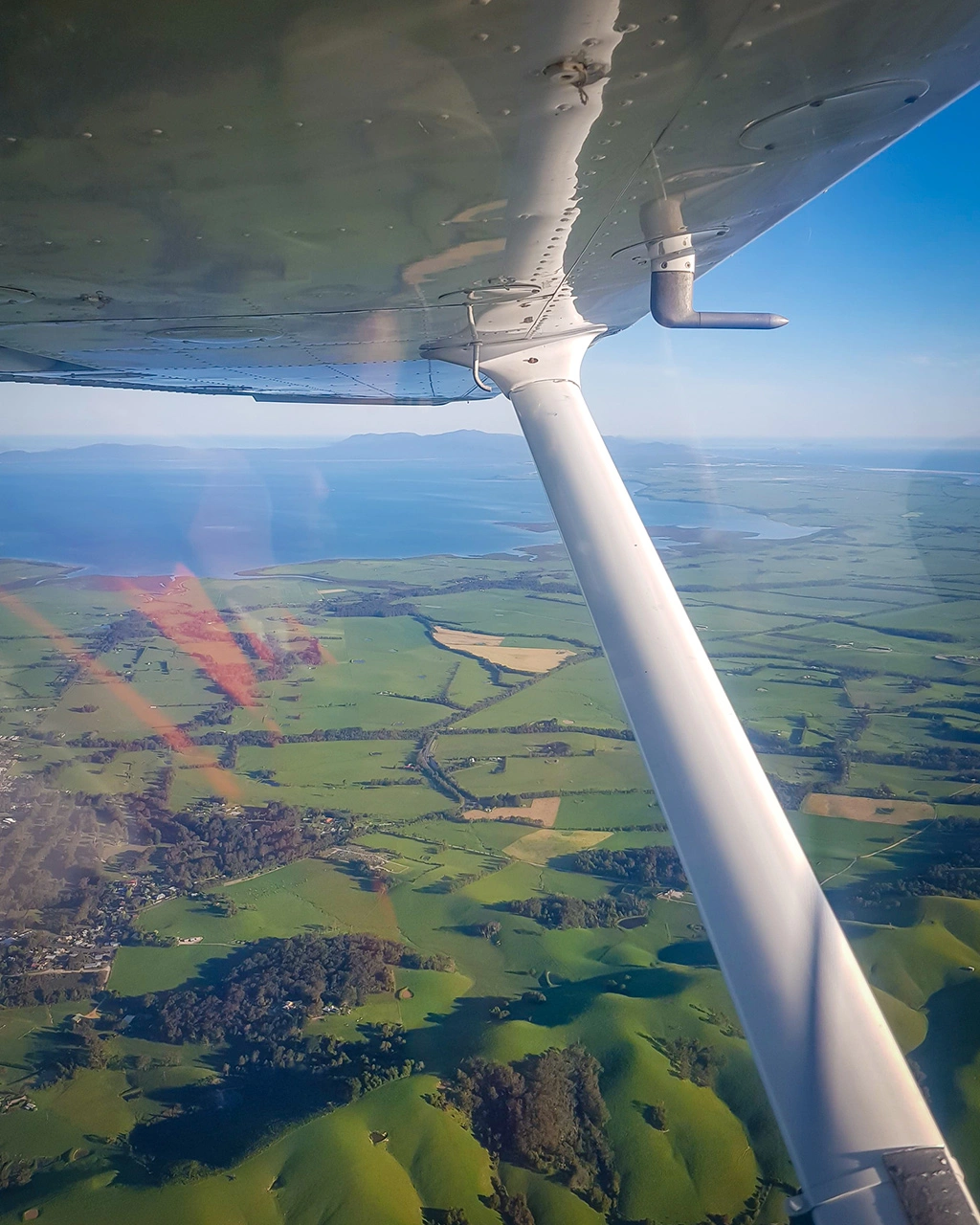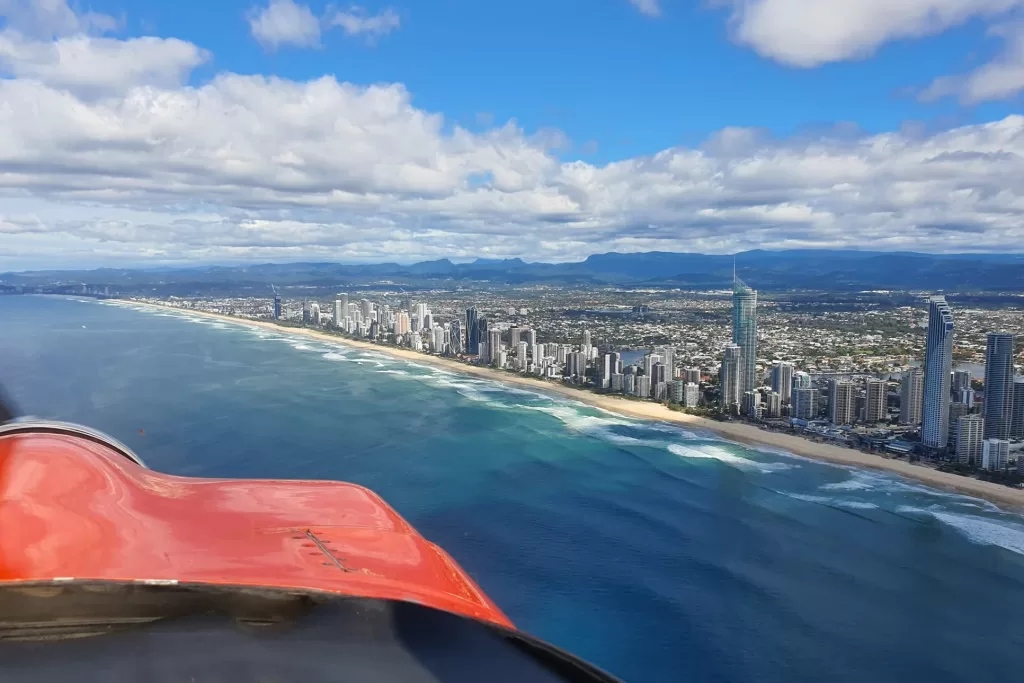We are always thinking about ways to help our students get the most out of their flight training course. We believe it’s so important for students to be able to motivate themselves as they work through their training hours. Part of this is applying efficient learning tactics that keep everything progressing at a healthy rate. We are always looking for ways to improve flight training efficiency.
Efficient flight training results in less money and time spent, as well as an overall boost in learning gains over a period. So from every angle, there’s a benefit to the student who finds ways to learn more efficiently. Here are five to get the ball rolling!
1. Preparation
Make it a goal to come prepared. Student pilots who do preparation before their training get more out of their lessons. It makes sense that you have tried to improve your theoretical understanding of flying in between training sessions, you can more or less just work that into practice when you arrive on your training days.
Preparation can mean:
Doing practice radio calls
Studying theory
Knowing the flying pattern
Learning procedures at the training airport
Ask your instructor for details about your next lessons, and for ideas on any extra study that could help you get the most out of it. They will be happy to help!
2. Flight Simulation
Technology has a lot to do with efficiency. If your flying school has a Flight Simulator, you should be making use of it. For the first few lessons of flight training in particular, a Flight Simulator can help you get used to flying procedures. Learning these procedures in the simulated environment first means that time spent in the real cockpit can be used to test this knowledge rather than build its foundation, and it gives you more of an opportunity to hone other aspects of flying.
3. Teamwork
Find a peer to connect with over the course of your flight training. The enthusiasm generated between fellow enthusiasts becomes self-perpetuating and the interaction, both in the air and on the ground, can be highly motivating. If you’re generally quite hard on yourself, this is a great way to get another perspective on the training process and a greater boost from each of your achievements along the way.
4. Reflection
As a student, you should be thinking about the process of flying while on the ground as one of the ways to improve flight training efficiency. This will help you to focus your mind during flight, and get used what to expect and how the flight should progress. It will also help you to get ahead of the aircraft when transitioning to different stages of the flight, such as from take-off to the climb and then cruise.
5. Look for schools offering value
Look for a good flying school with high standards, and when comparing different schools think about them based on the value they offer you. Value doesn’t just mean finding the cheapest course. It combines quality of instruction, aircraft, facilities and of course, pricing. Find out if the school you’re looking at has instructors with a passion for mentoring others, and are not only accruing their teaching hours in order to get into other jobs. High standard flying schools all have one thing in common: they’re there for you, the student!

Find out how we can improve your flight training efficiency! Email [email protected]. You can also visit https://drift.me/learntofly/meeting to book a meeting and school tour. For more great flying tips and the latest flying videos, click below and subscribe to our YouTube channel!












